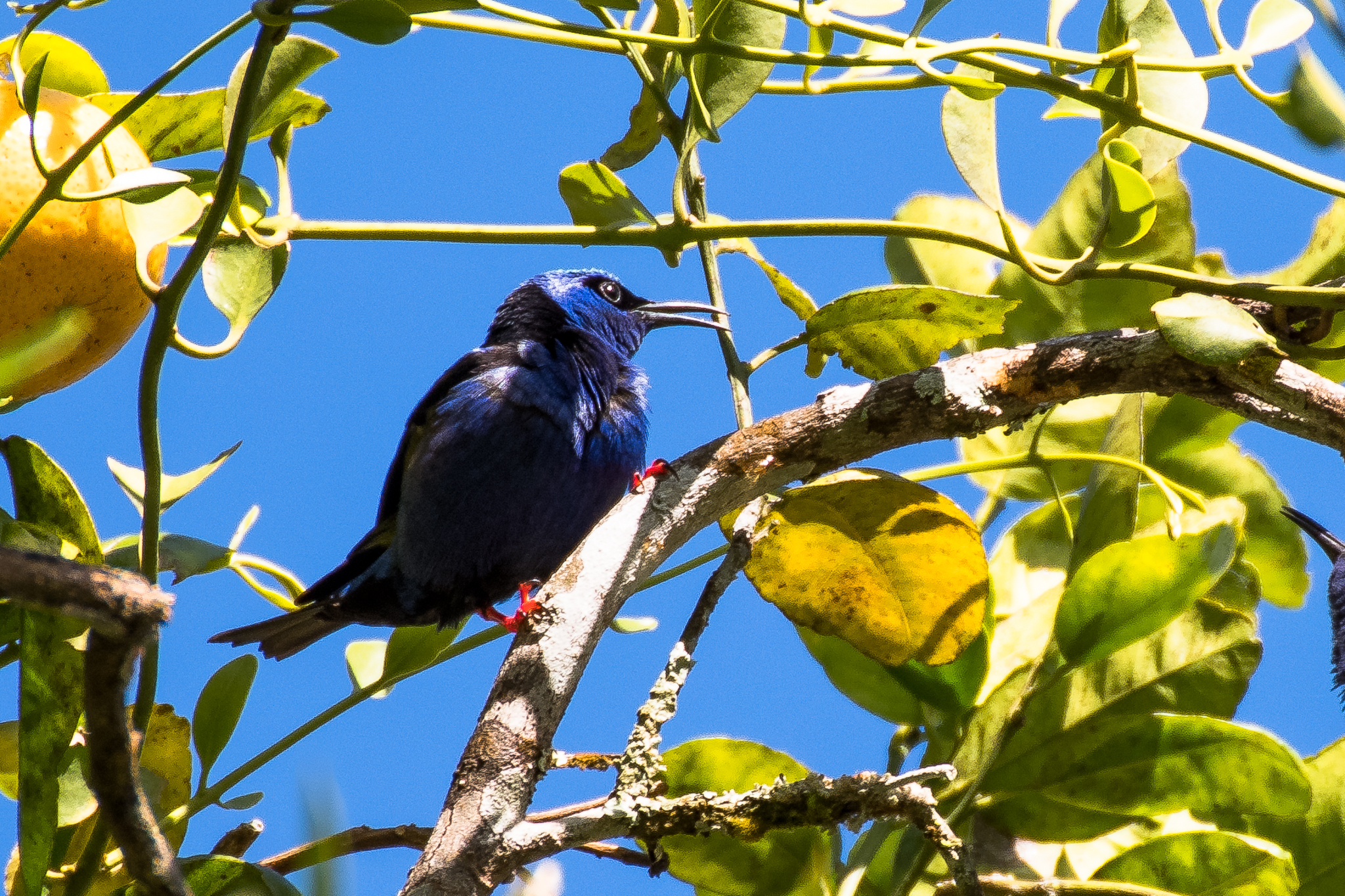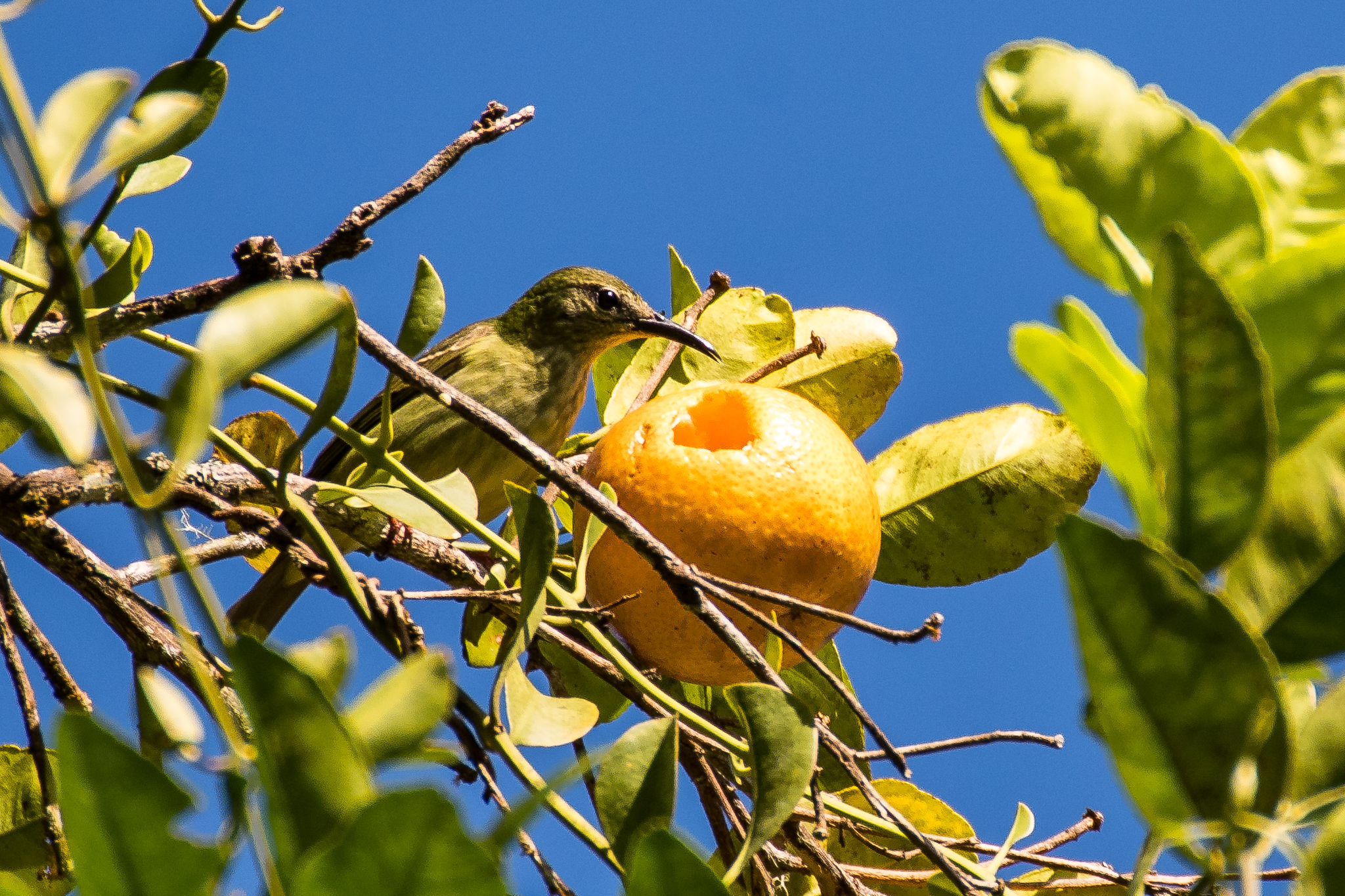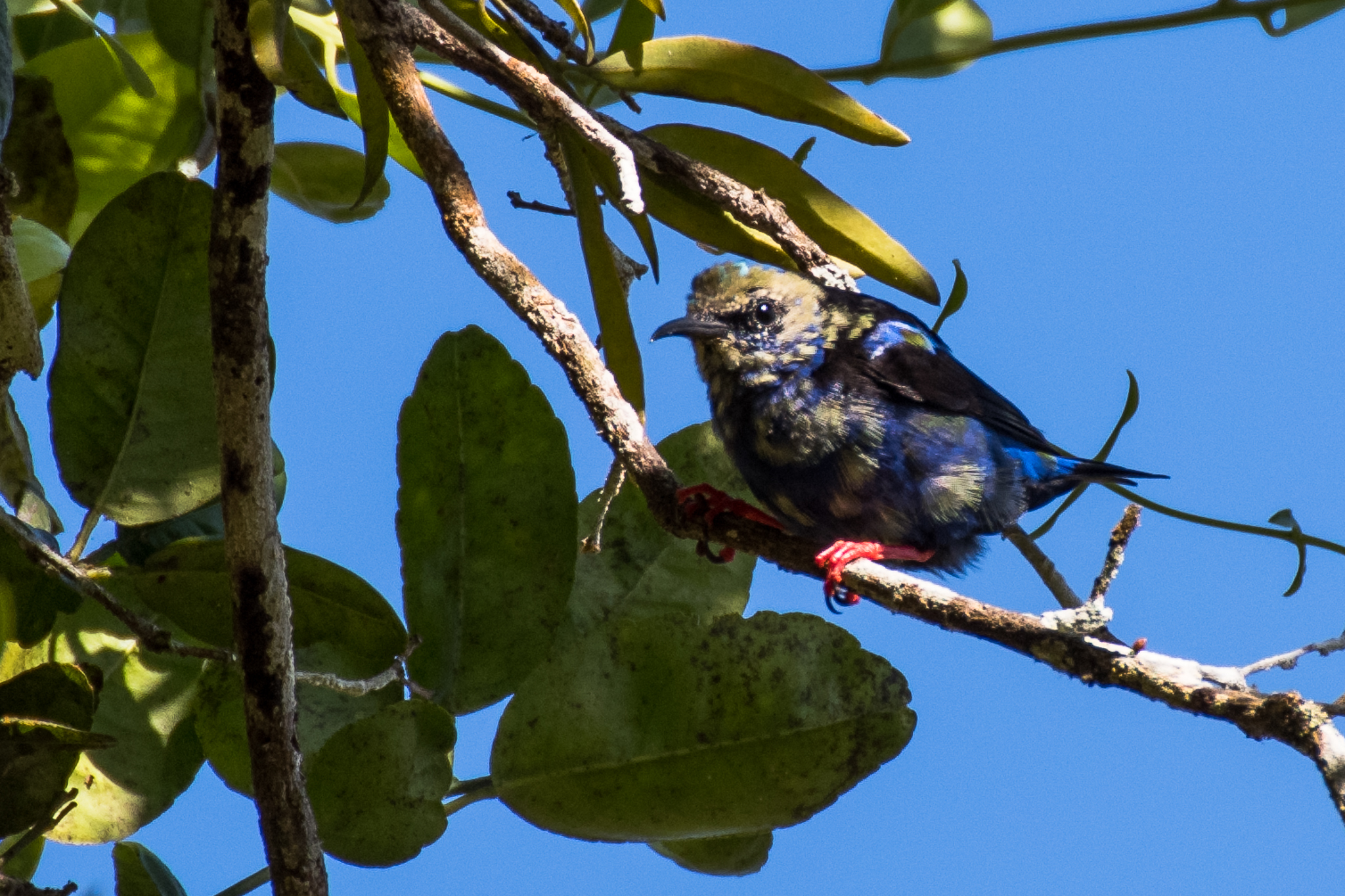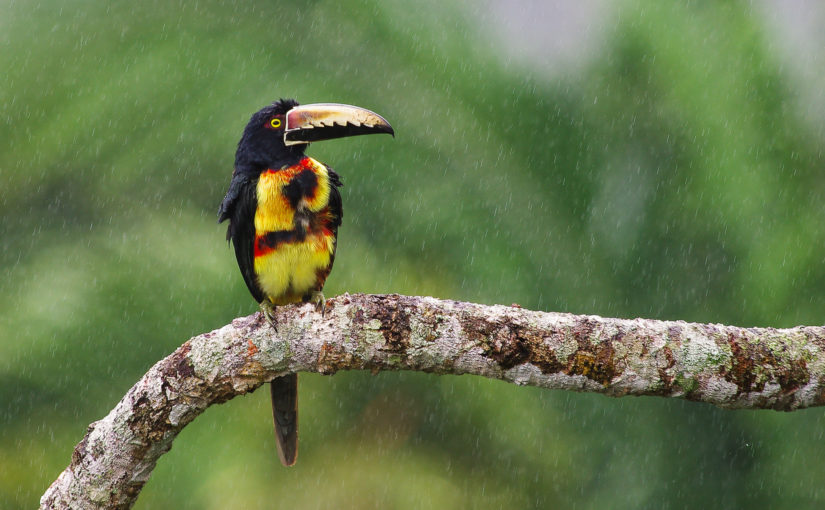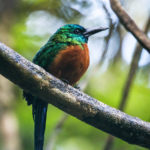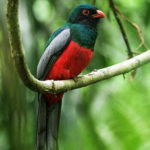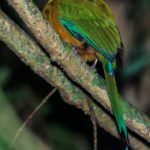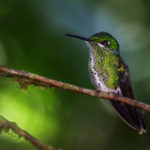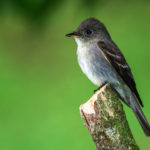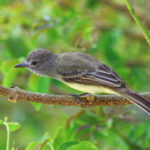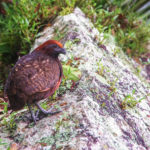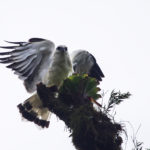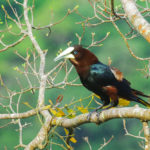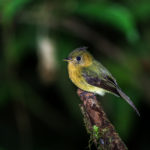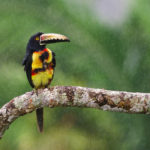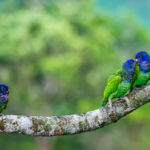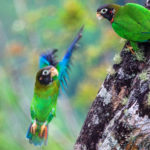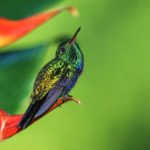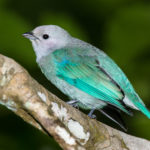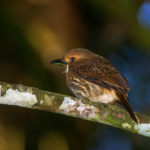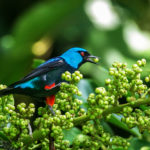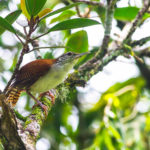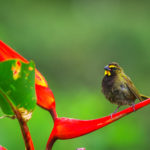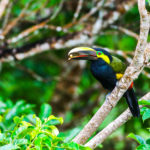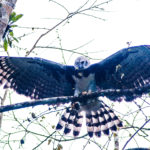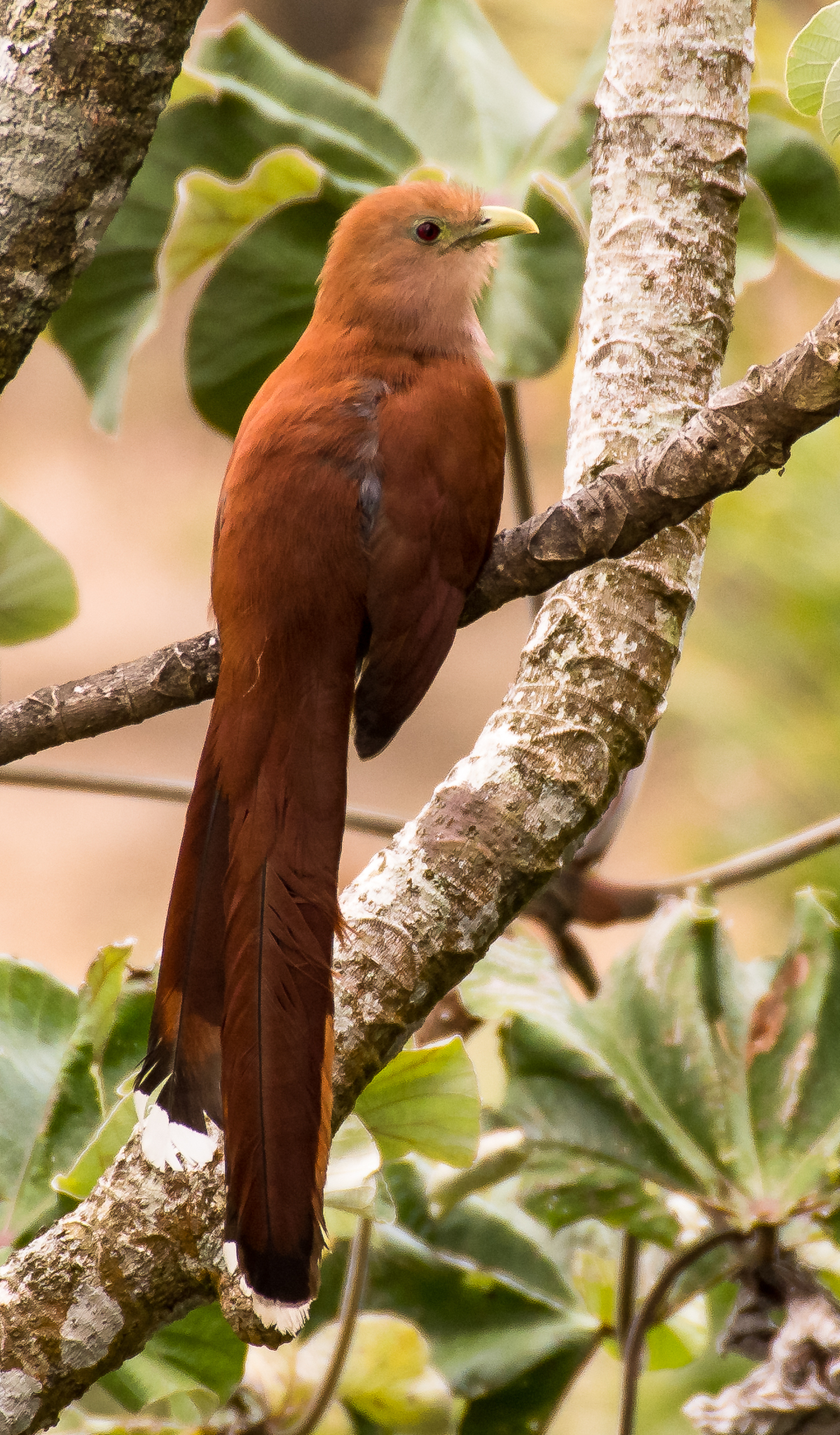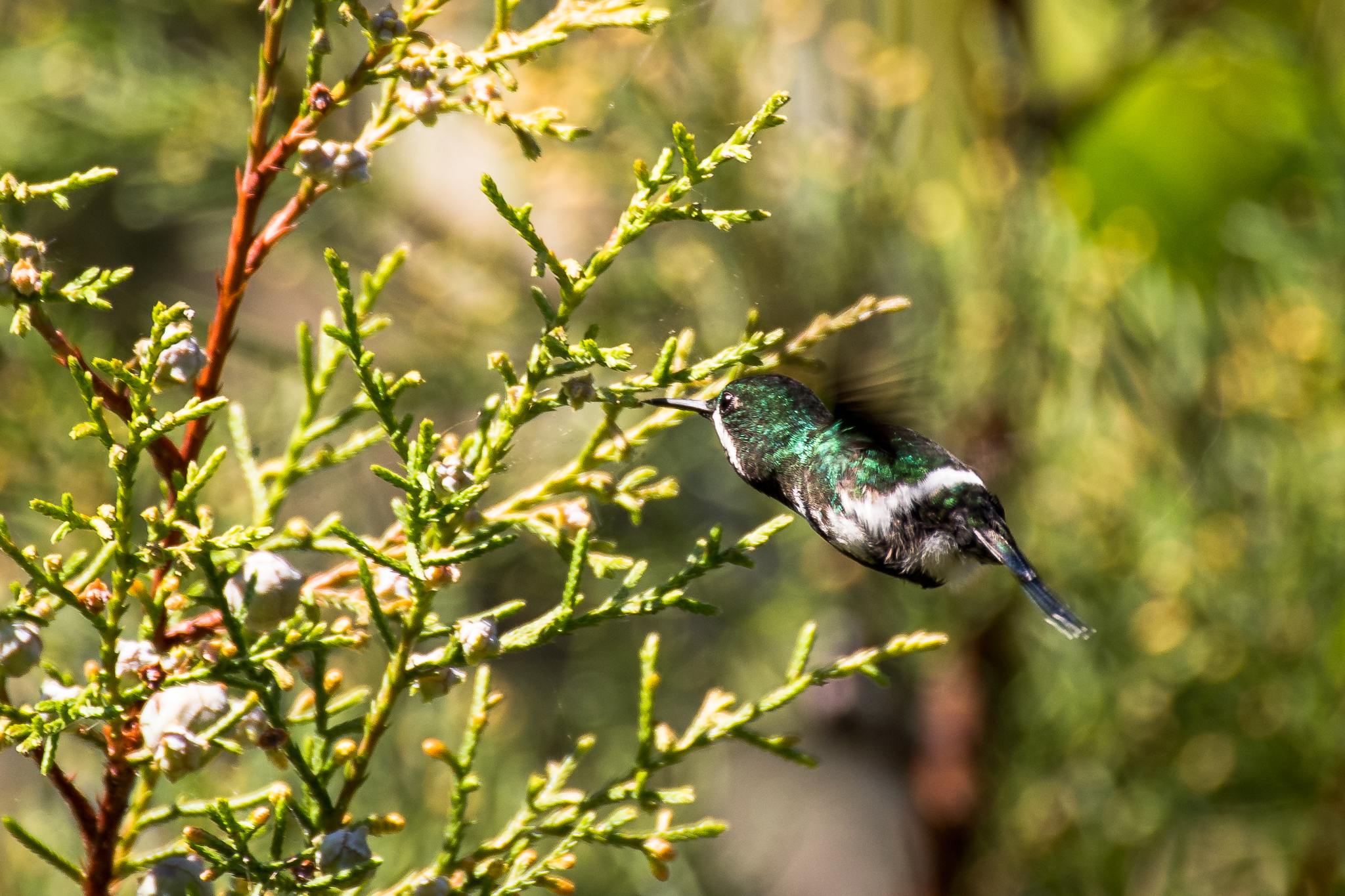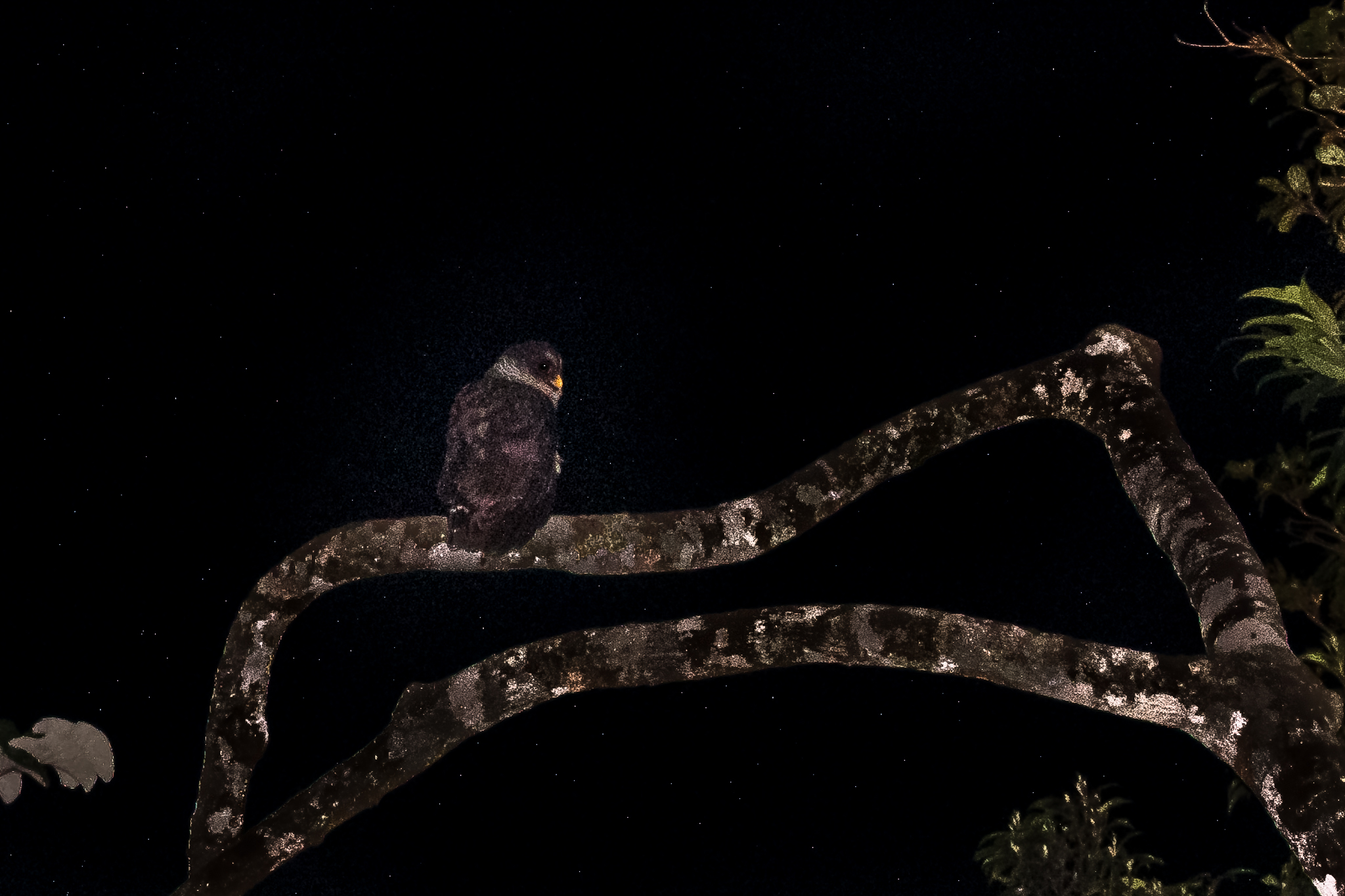Black headed tody flycatcher image taken in Altos del Maria, Panama.
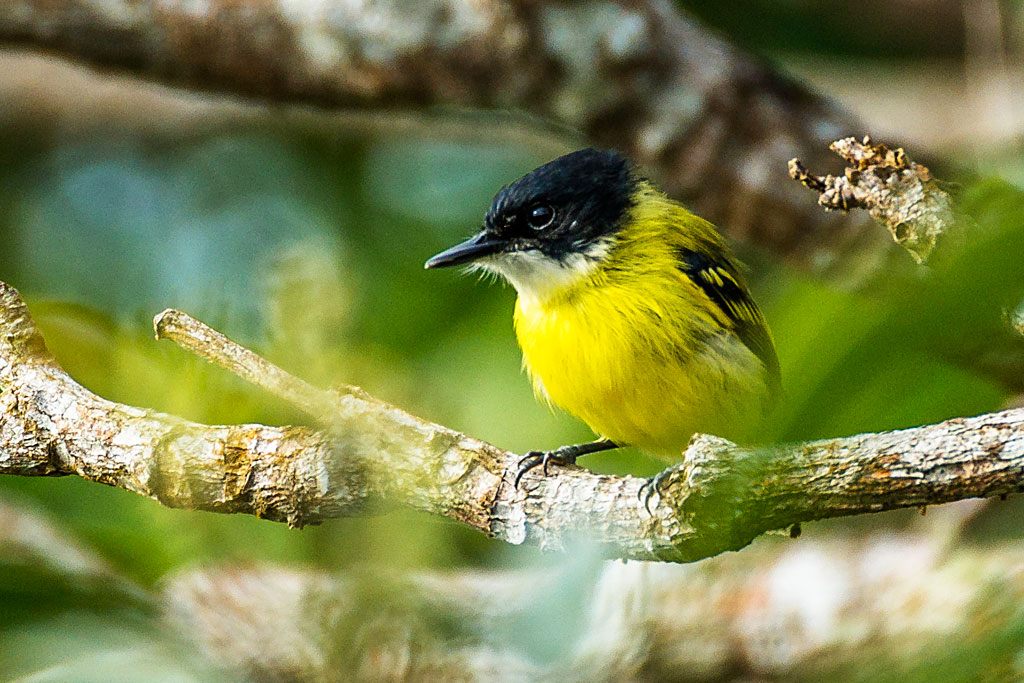
Birds from Panama
A few pictures with birds from Panama, from a few years back and mostly either from along the Pipeline road or from Altos del Maria. Enjoy!
Southern lapwing
From Wikipedia: The southern lapwing (Vanellus chilensis) is a wader in the order Charadriiformes. It is a common and widespread resident throughout South America, except in densely forested regions (e.g. most of the Amazon), the higher parts of the Andes and the arid coast of a large part of western South America. This bird is particularly common in the basin of the Rio de la Plata. It has also been spreading through Central America in recent years. It reached Trinidad in 1961 and Tobago in 1974, and has rapidly increased on both islands.
The attached picture was taken in Punta Chame, Panama.
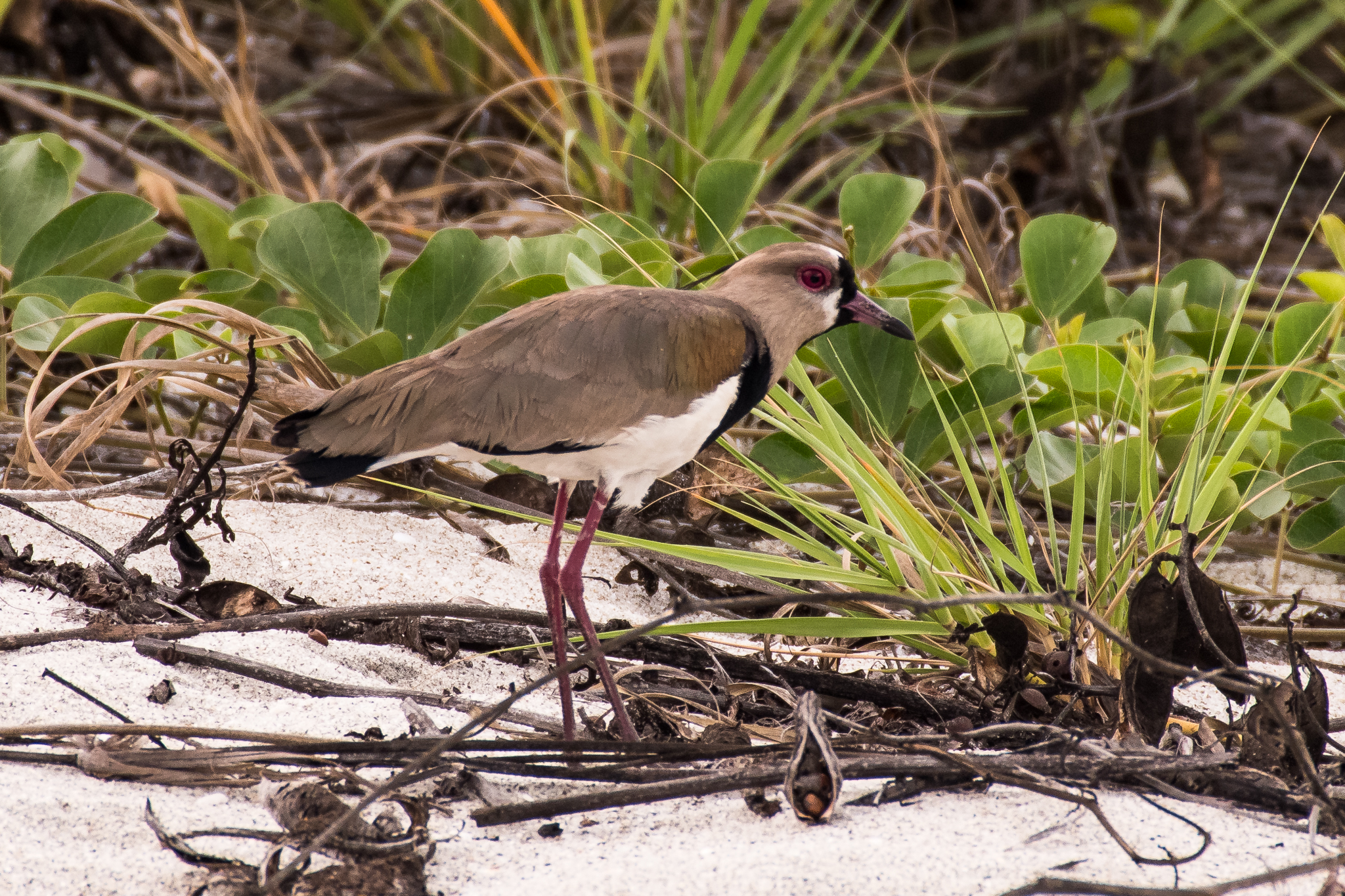
Squirrel Cuckoo
White-tipped Dove
The white-tipped dove resembles the closely related grey-fronted dove (Leptotila rufaxilla), which prefers humid forest habitats. The best distinctions are the greyer forehead and crown, which contrast less with the hindcrown than in the grey-fronted dove. In the area of overlap, the white-tipped dove usually has a blue (not red) eye-ring, but this is not reliable in some parts of Brazil, Argentina, Bolivia, Paraguay and Uruguay, where it typically is red in both species.
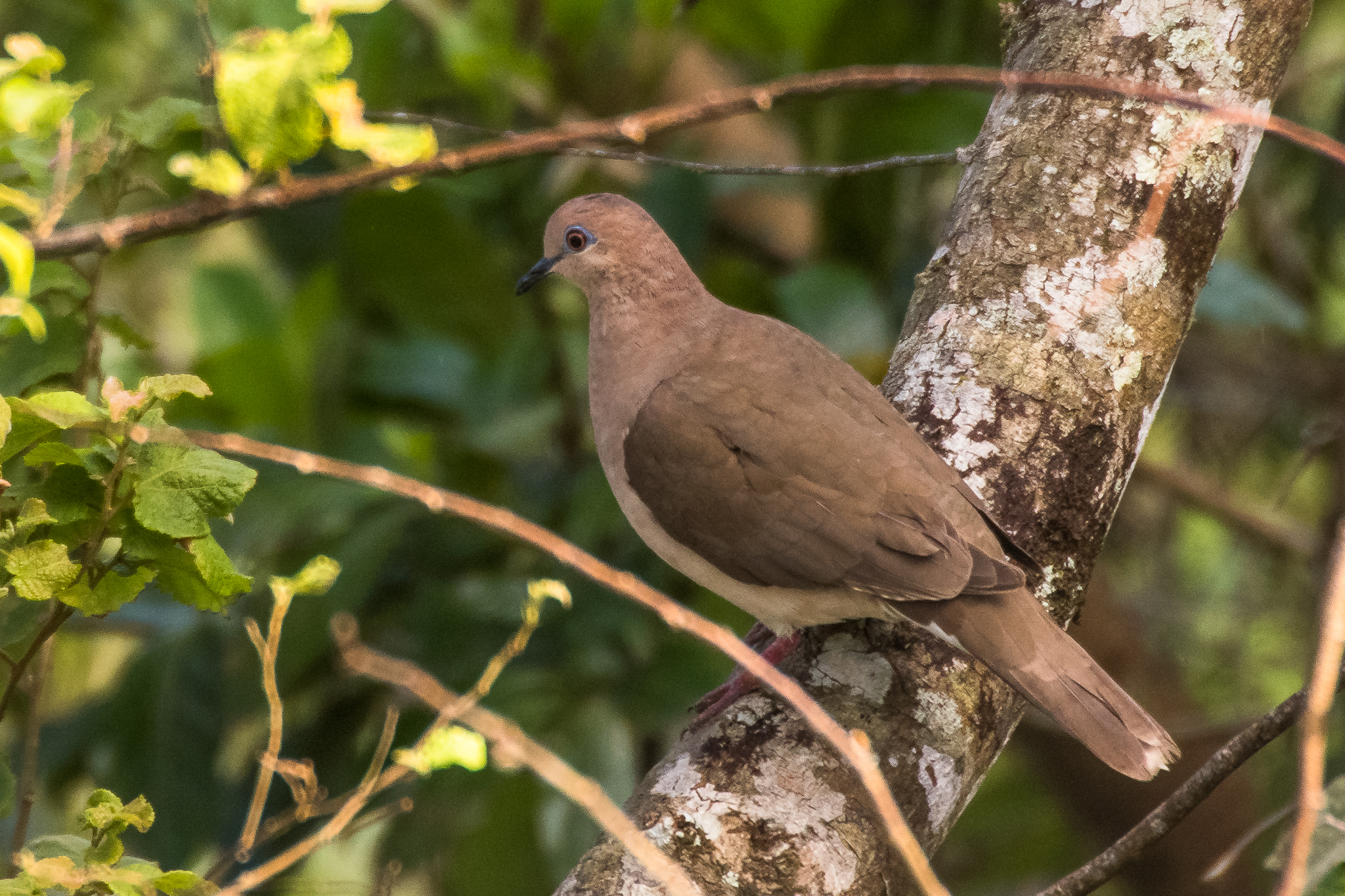
Baltimore oriole
The Baltimore oriole (Icterus galbula) is a small icterid blackbird common in eastern North America as a migratory breeding bird. It received its name from the resemblance of the male’s colors to those on the coat-of-arms of Lord Baltimore. Thje attached image was taken in Panama.
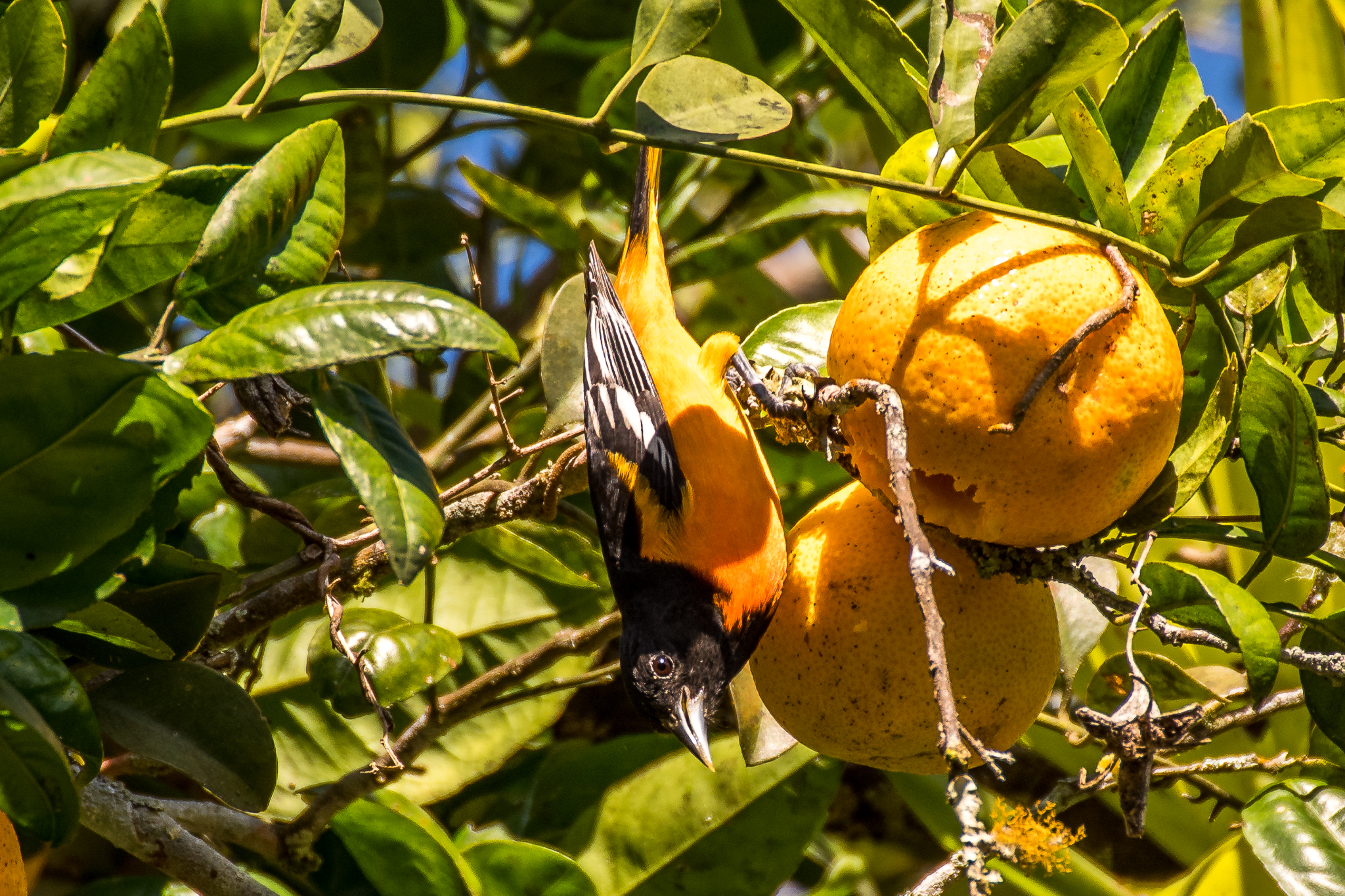
Green Hermit
Green hermit female hummingbird image taken in Altos del Maria, Panama. The green hermit (Phaethornis guy) is a large hummingbird that is a resident breeder from southern Central America (Costa Rica and Panama) south to northern South America (north-eastern Venezuela and Trinidad, and the northern Andes of eastern Peru)
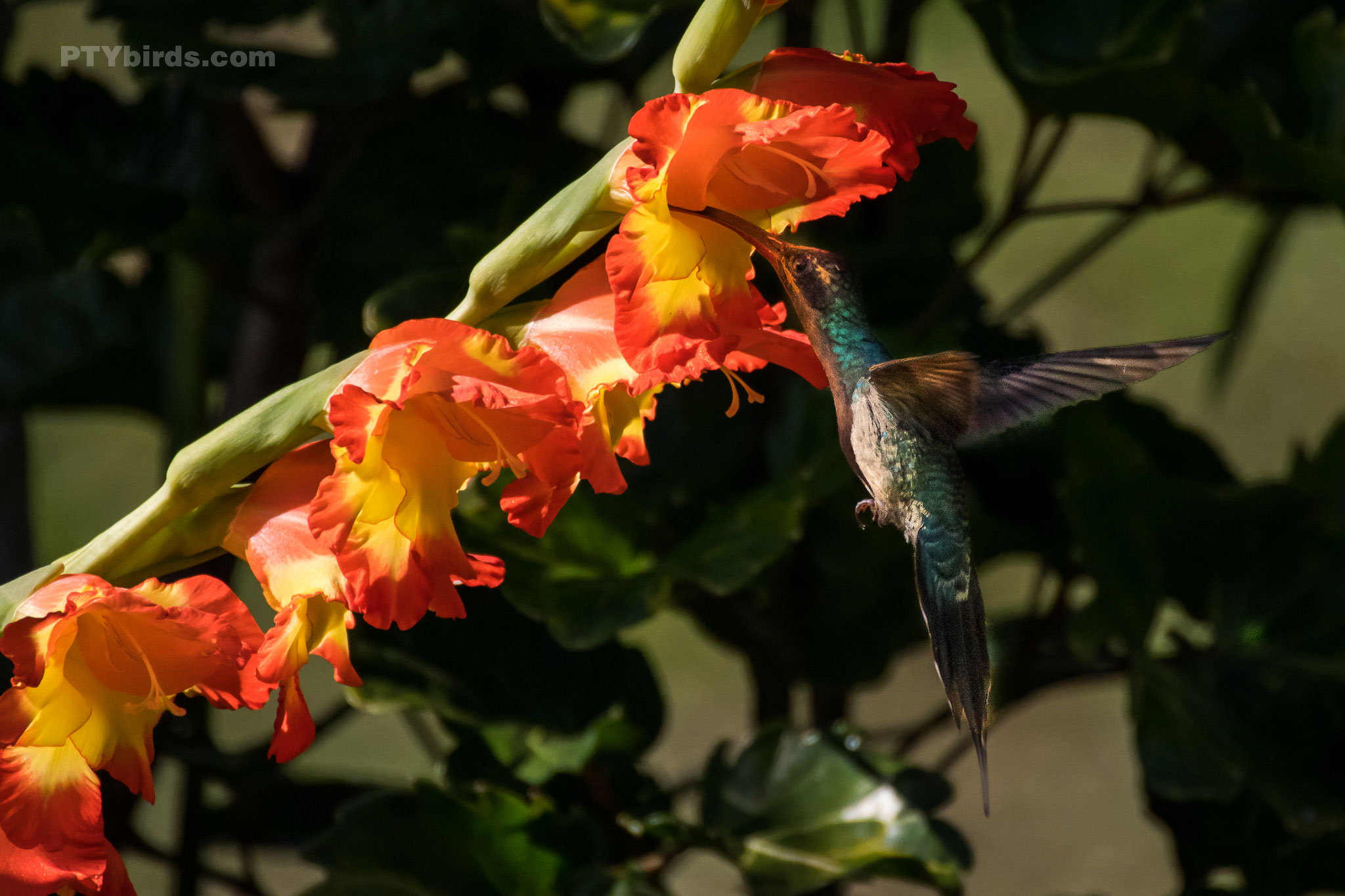
Green thorntail
Red-legged honeycreeper
The red-legged honeycreeper (Cyanerpes cyaneus) is a small songbird species in the tanager family (Thraupidae). It is found in the tropical New World from southern Mexico south to Peru, Bolivia and central Brazil, Trinidad and Tobago, and on Cuba, where possibly introduced. Tha attached image was taken in Altos del Maria, Panama. The adult male is one of the few tropical birds that changes its plumage during the breeding season; outside breeding season the blue-violet parts of its plumage become green, the back and crown also turn green; Being thus with a plumage similar to the one of a female but with black wings.